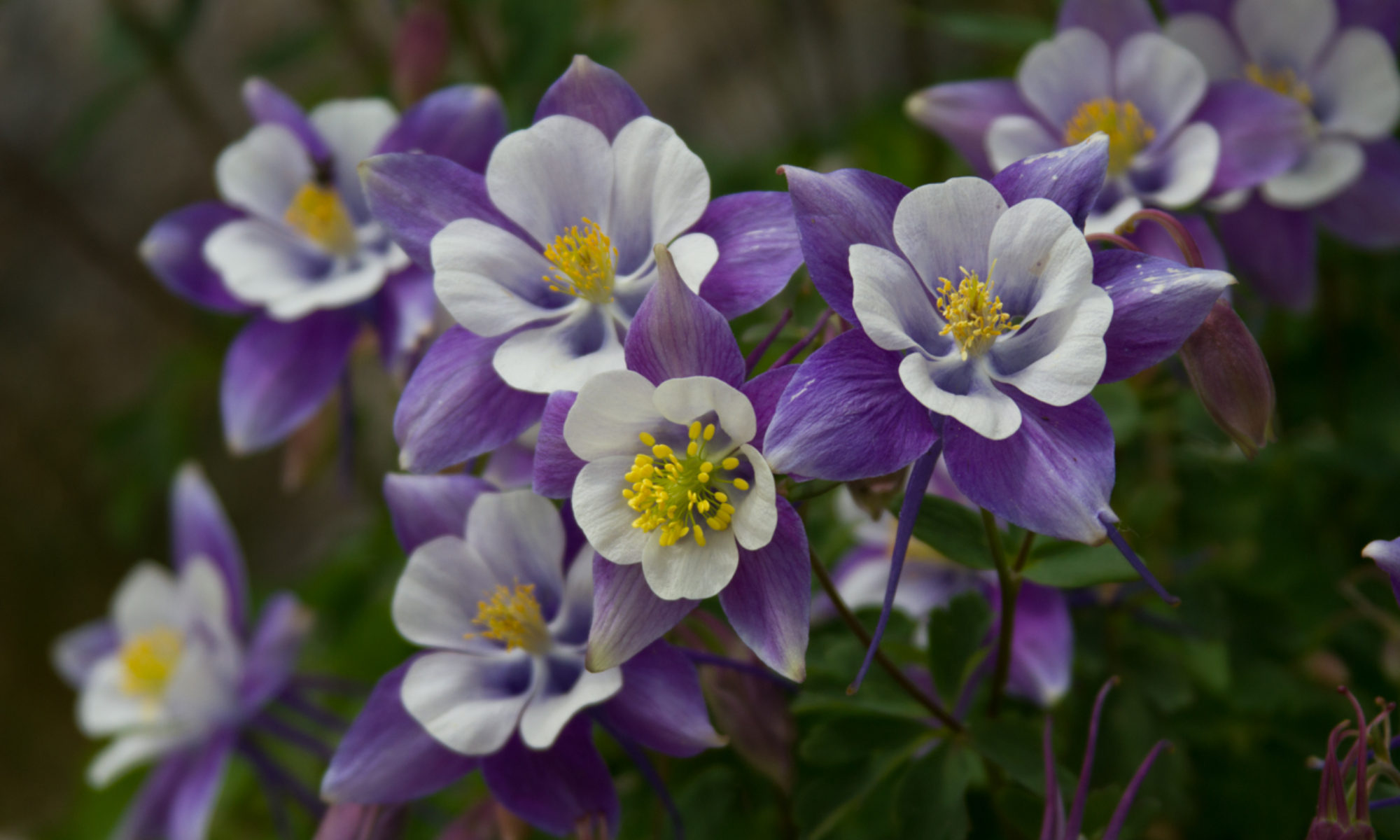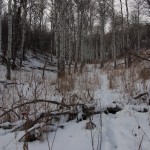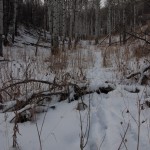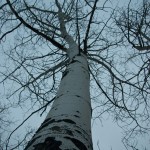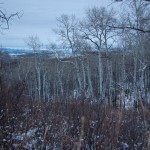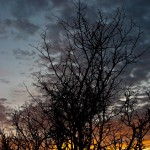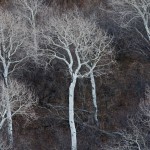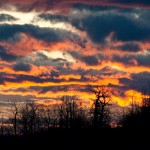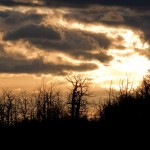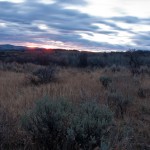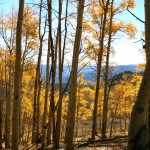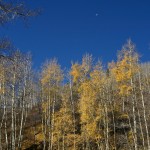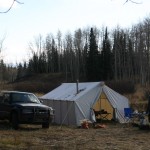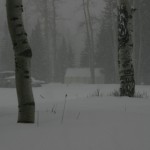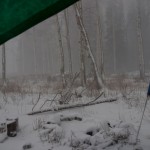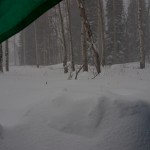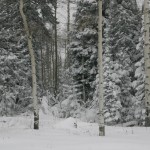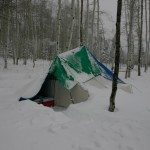For big game hunters in Colorado, it’s the time of year when we enter our applications for the coming year’s hunt. This for me is always agonizing, thinking so hard about where to go and getting psyched up in April, when the seasons won’t start for another 5 months! Previous years have all passed in the same manner, and the seemingly never-ending wait through the summer until fall finally approaches once more, summer’s sticky heat gives way to cool dry smell of autumn approaching, the smell of dry grasses, and sleepy trees readying themselves for a long Colorado winter. There is something about it that sings to my soul, a connection with the ancient tradition that is the hunt. It’s difficult to explain, unless you have been there. I often find it easier to express myself better through writing than through speech, it gives me time to plan what I am going to say, how to say it, and keep it all coherent. These days living such a closed off sterile plastic world, we tend to cut ourselves off from anything that requires us to get our hands dirty. I have heard camping described as “pretending to be homeless”, and hunting as “barbaric”, but I believe both to be so much more. This is where my website gets its name, I am always hunting, whether with the camera or rifle, hunting for that special feeling I get when out in the wilderness.
From a spiritual perspective (for me at least), camping and hunting strip away the distractions of modern life, and in this simplicity, we are more prone to feel natural world rather than just see it. The Buddhist monks know this best, living with the barest of necessity brings one spiritual insight. Out there during the hunt, your senses are tuned, you focus on your surroundings with them; seeing movement, hearing a rustling of grass or a breaking of a twig, feeling the breeze and the ground under your feet, the smell of life in the trees, even tasting it on the air, and that elusive sixth sense of feeling the energy surrounding you, bringing back the animal instincts that are inside all of us. Or more simply, communing with nature. This is my church; feeling embraced and surrounded by all these things gives me comfort and happiness, more so than can be described here. Gralloch is old Scots term meaning to remove the offal from an animal. Long before Christianity reached the Isles, it became custom to say a quick prayer of thanksgiving when butchering an animal, either wild or homegrown. This became known as the Gralloch prayer, and was an intensly personal moment for the hunter, and a great many cultures hold a similar ritual; for American Indians, the heart is the seat of the soul, and is buried or burned to allow the spirit of the animal to escape its earthly body. In Germany, this is a time meant to contemplate the complex mixture of elation and sadness that comes with killing any animal. A downed deer is laid on its right side, with a small branch of fir or oak—known as Der letzte Biss (“the last bite”)—placed in its mouth as a mark of respect. A second branch is placed on the deer to show that the hunter has assumed ownership of the dead animal. Hunters who follow all the appropriate rules and traditions of the hunt are presented with a shooter’s branch, which is worn in the left side of the hatband until sunset on the day of the kill. I could fill a book with examples of customs such as these that dispel the notion that hunters are a bunch of bloodthirsty barbarians.
From a pragmatic stand point however, hunting is more than just going out “to shoot something.” Conservation is the name of the game when it comes down to it. The Colorado Division of Wildlife receives no state tax revenue. All hunting and fishing license fees are deposited in a game cash fund, but the state Legislature has final authority over Division spending. The CDOW brings in more money in one year than the ski resorts combined, not alone indirect boost to the state’s economy, an estimated boost of 3 billion dollars annually. The late 1890’s were a time of careless slaughter, when commercial hunting was actually the business of killing, and the massive expansion of cattle ranches, and the fencing off the frontier caused the near extinction of the buffalo. Most of the natural predators of these animals were killed as well, throwing the natural cycle out of balance. Later, when early hunting regulations were in place, another problem made it’s appearance, one that can be seen today in Rocky Mountain National Park. The elk populations exploded to the point where the habitat could no longer support them. The animals started getting sick, and would die of starvation in the summer, not to mention the numbers that die during the harsh winter months. Since hunting is not allowed in National Parks, and no wolves exist in the park, and the mountain lion populations are controlled to protect the visitors, there are no natural predators to keep the populations in check. To me this is more cruel than a quick death of a hunter’s arrow or bullet.
So here I sit thinking hard about it once again, reminiscing in the ritual of preparation. Gathering the equipment, tent, stove, sleeping bag, cot, camp cookware, food, lantern, firewood, rifle, bullets, hunting pack, clothes, boots, knives, licenses. Then the drive and the subsequent search for the “perfect” campsite (this curse I came by as a matter of genetics). Pitching the tent and the smell of autumn mountain air and canvas, the warmth of the sun on my skin as I mentally prepare for the next frosty morn that will begin the hunt again…
Here’s some incidental clicks of the camera from the last couple years’ hunting trips.
